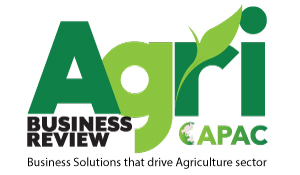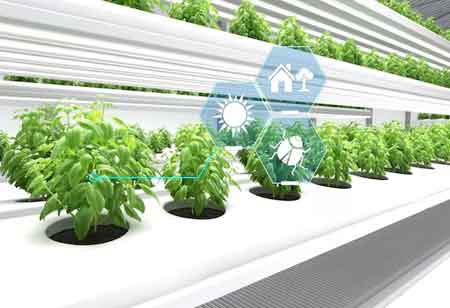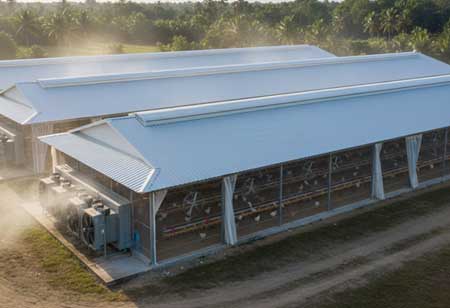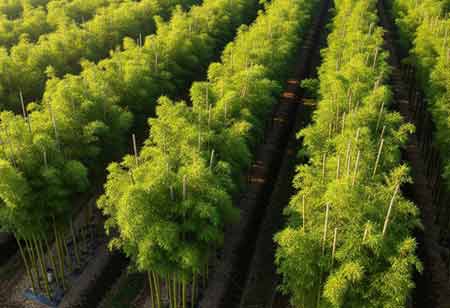Thank you for Subscribing to Agri Business Review Weekly Brief
The Role of Factory Automation in Vertical Farming
For years, vertical farming has been touted as a compelling answer to various contemporary concerns,

By
Agri Business Review | Tuesday, January 11, 2022
Stay ahead of the industry with exclusive feature stories on the top companies, expert insights and the latest news delivered straight to your inbox. Subscribe today.
Vertical farming brings fresh produce to cities with fewer pesticides and land resources. These are how factory automation makes it possible.
FREMONT, CA: For years, vertical farming has been touted as a compelling answer to various contemporary concerns, including customer demand for food produced closer to home, more efficient land usage, and pesticide reduction. While vertical farms have encountered numerous obstacles over the years—including high startup costs and high resource requirements—recent technical advancements have begun to transform vertical farming into a more realistic, sustainable solution.
Numerous advancements have been made feasible through factory automation. Vertical farm enterprises can enhance agricultural yields at a lesser cost and with higher quality results by utilizing automated systems, modern robotics, and high-tech vision systems.
Sowing seeds: Vertical farming begins with planting seeds into starter growing mediums, which are subsequently grown under artificial lighting until they reach a size suitable for transplanting. Seed planting can be mechanized by utilizing dispensing equipment that precisely places individual seeds in a seedbed.
The starter mediums can be positioned and delivered via pallet or conveyor belt throughout the vertical farm as the application requires. When seedlings are ready for transplantation, they can be lifted and conveyed through the factory by mobile robots, eliminating a conveyor system.
Seedling transplantation into vertical agricultural beds: Once the seedlings reach a particular size, they must be moved to the farming bed. Vertical grow media or stacked beds are examples of this. Transferring seedlings, in either case, involves meticulous handling and placing to avoid injuring the young plant.
Watering, lighting, and fertilizing are all automated: One of the primary advantages of vertical farms is their capacity to monitor and change plant growth conditions year-round meticulously. In a controlled environment, the vertical farming system can modify the ambient temperature, the spectrum, the strength of light, and the amount of water and fertilizer applied to crops to achieve the optimal conditions for each plant. Automated dispensing systems can conveniently do these regular care duties.
Similarly, timed conveyor belts ensure that plants grow uniformly throughout their life cycles. While some vertical farming systems utilize static beds, others are designed to move plants from station to station as they grow to match growth conditions to the plant's cycle. These systems can be configured to mature plants loaded onto a pallet at one end into harvestable crops by the time they exit. Additionally, conveyor systems can be configured to transport hanging, vertical pallets.
Vision systems for agricultural growth and health monitoring: Climate-controlled settings properly regulate the heating, cooling, and lighting of crops and eliminate the need for pesticides. However, that is not to say that plants are immune to disease. Regardless of the controlled climate, plants require an examination to ensure they are the highest quality.
Fortunately, high-tech visioning equipment can monitor the growth and health of plants via cameras. When a crop begins to exhibit disease symptoms, the monitoring system can warn farmhands of regions that require personal inspection.





